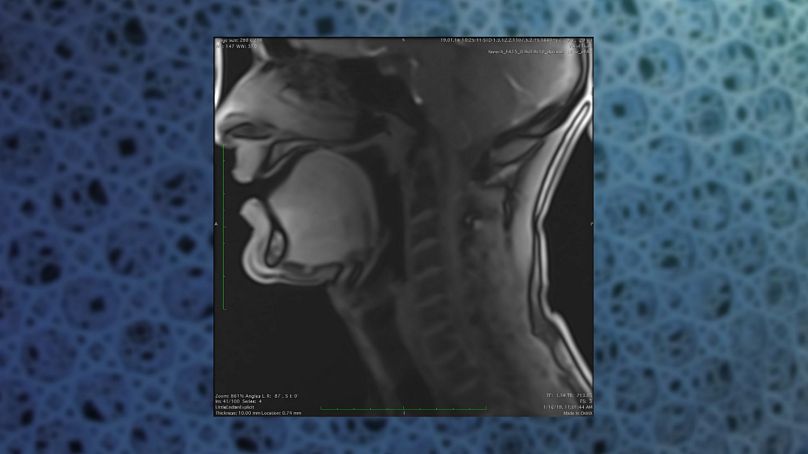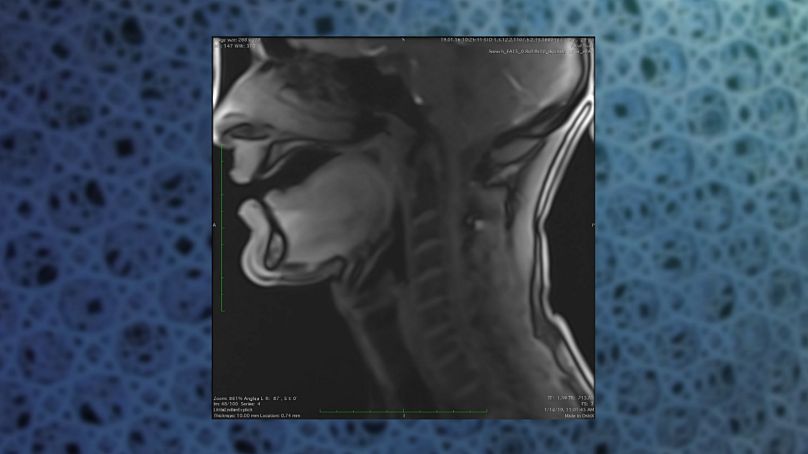UAE-based researchers are exploring how switching between languages affects the body and brain.
UAE-based researchers are exploring how switching between languages affects the body and brain.
PhD student Blanco-Elorrieta uses a neuro-imaging technique called Magnetoencephalography to measure how much brain power is exerted when test subjects change between languages.
The areas of the brain predominantly used in language expression are the prefrontal cortex and the anterior cingulate cortex.
Blanco-Elorrieta discovered that when the group naturally alternated between Arabic and English both brain areas showed almost no signs of activity. However, if they were instructed to translate from one language to the other, both cortexes became highly engaged.
The researcher performed tests over two years with about 20 native bilingual speakers.
According to Blanco-Elorrieta, the findings reveal that the brain perceives a specific translation task as ‘harder’ than when the subject instinctively switches language.
MEDICAL IMAGERY TO PERFECT PRONUNCIATION
Dr Samantha Wray, who is also based in Abu Dhabi, is conducting another linguistic study that focuses on how Arabic speakers produce sounds from their throats.
Middle Eastern and North African languages have around 29 pronounced sounds, whereas English has more than 40. Unlike many languages, Arabic is spoken by using the very back of the throat and the very front of the mouth, that is, the entire vocal tract.
The images captured by Dr. Wray, show precisely the range of muscles moving inside the subjects’ windpipes. This new approach is particularly helpful to language students.
“It’s very hard to wrap your mind around what muscles you’re using when you speak, especially for the sounds you can’t see that are deep in your throat,” explains Dr. Wray. “To get an inside view of what the body is doing can certainly help language learners practice pronunciation.”
Along with her MRI research, Dr. Wray is hopeful that in the future her findings may help students learning Arabic to visualize the way their bodies and brains are learning a foreign language in tandem.
SEEN ON SOCIAL: PUTTING ARABIC SKILLS TO THE TEST
South African Jacques shared his Arabic language test results with his friends saying that picking up the new sounds was the most challenging part.













